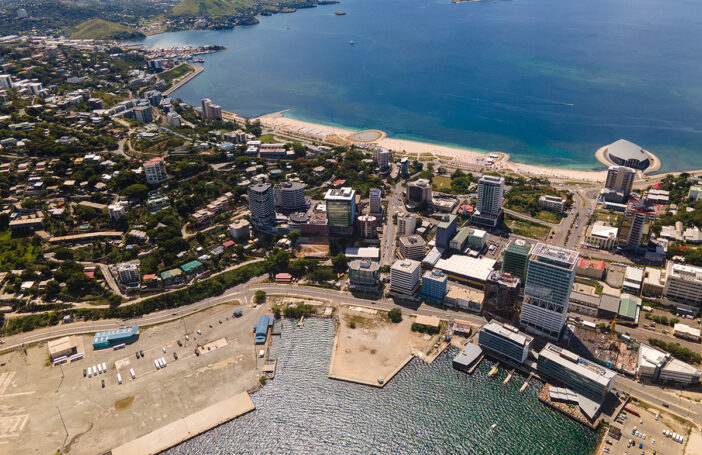Aid provided in 2014 by the member countries of the OECD’s Development Assistance Committee (DAC) came within a whisker of equalling the dollar-value record set in 2013. A preliminary estimate, just released, shows that DAC aid grew slightly in nominal terms from $135.1 billion in 2013 to US$135.2 billion in 2014, though it fell by 0.5% in real terms. As a proportion of donors’ combined Gross National Income (GNI), DAC aid held steady at 0.29% (taking into account some recent upward revisions in some countries’ 2013 GNI estimates).
In percentage terms, and considering only the top 15 countries who provide the bulk of DAC aid, the biggest increases were posted by Germany (12%), Sweden (11%) and Switzerland (9.2%). The biggest reductions were down to Spain (20%), Japan (15.3%), Canada (10.7%), France (9.2%) and Australia (7.2%). All other changes in the top-15 group were within the plus/minus-5% range. It should be noted that the large fall in Japanese aid in 2014 is measured relative to an even larger increase in 2013.
The OECD Secretary-General, Angel Gurria, welcomed the maintenance of DAC aid ‘at a historic high’ but expressed concern at what the OECD interprets as a continuing drop in aid to the Least Developed Countries. The OECD’s press release says:
Bilateral aid to the least-developed countries fell by 16% in real terms to US$25 billion, according to provisional data. … [E]ven excluding debt relief ODA to the poorest countries fell by 8%.
This is unlike the fall in aid to low-income countries, which is really a shift in the distribution of countries between income categories. Membership of the Least Developed Country category is determined not only by national income but also by social indicators and economic vulnerability. As a result, the list of countries in this category has barely changed in decades. However, given that aid to many countries in this group (for example, Haiti and Afghanistan) is related to disasters and conflicts, and therefore extremely volatile, it is difficult to be sure that any long-term downward trend is in play.
The overall 2014 aid spending outcome is consistent with Devpolicy’s December 2013 educated guess. At that time, on the basis of donors’ own public statements in the course of the year, we said:
[It] would be safest to say that the overall aid spending outcome in 2014 will probably be more or less the same in real terms as it was last year, with ‘less’ more likely than ‘more’.
Many individual donors, however, spent more or less than we had expected, so we had best continue to view the above statement as a guess. Nevertheless, the central point that we made in December has been borne out by the 2014 spending outcome: Australia is one of only four donors to make cuts of any significance (if one excludes the special case of Japan), and, depending on Canada’s choices, might well be the only one with a clearly stated intention to plummet further in 2015.




